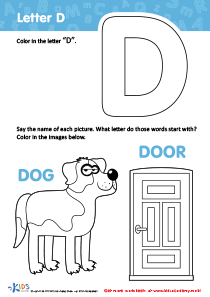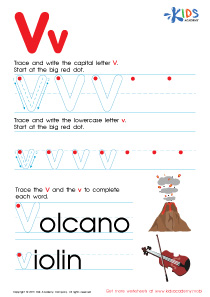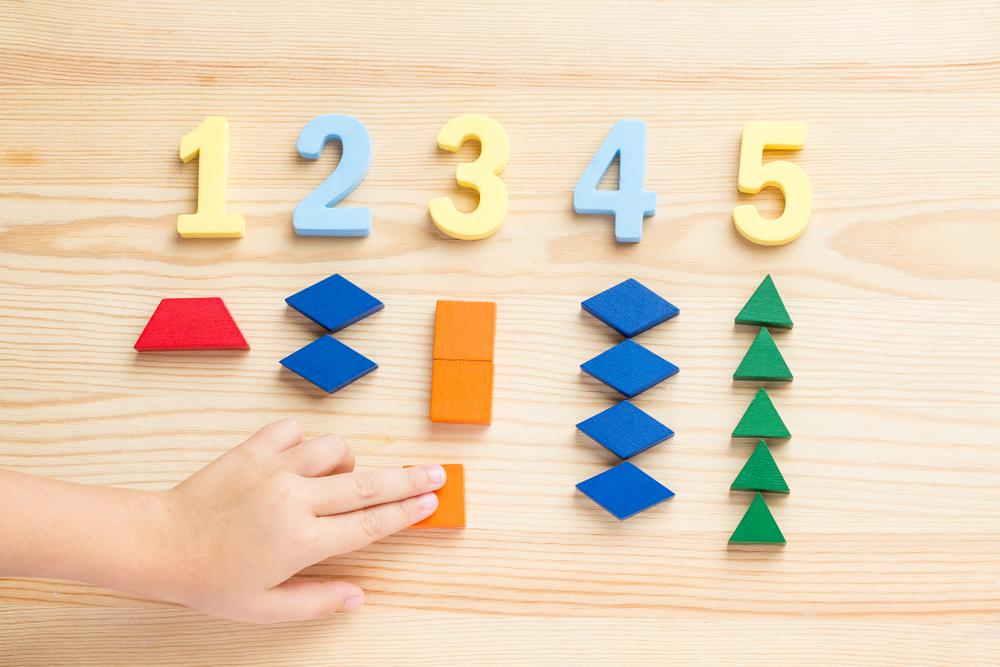Normal Word Problems Sums and Differences within 100 Quizzes for Ages 7-8
1 results
1 filtered results
Clear all filters1 filtered results
-
From - To
Dive into the world of mathematics with our engaging Normal Word Problems Sums and Differences within 100 quizzes, specially designed for children ages 7-8. These interactive quizzes are meticulously crafted to assess and enhance your child's ability to solve word problems involving addition and subtraction up to 100. Each quiz provides immediate feedback, ensuring your child understands their mistakes and learns as they go. Perfect for reinforcing classroom learning or for extra practice at home, our quizzes make mastering the basics of arithmetic both fun and rewarding. Join us on this mathematical adventure and watch your child’s confidence and skills soar!
In today's digital age, where education continually evolves to better suit the needs of learners, Normal Word Problems Sums and Differences within 100 for Ages 7-8 stand out as an invaluable resource. This innovative approach to learning math not only engages young minds but also reinforces their understanding of key mathematical concepts in a fun and interactive manner.
For children aged 7-8, mastering the basics of addition and subtraction within the range of 100 is crucial. It lays the groundwork for more complex mathematical operations they will encounter in their academic journey. However, traditional methods of teaching these concepts can sometimes feel mundane and fail to capture the interest of young learners. This is where our Normal interactive quizzes on Word Problems Sums and Differences within 100 shine, transforming what can be a challenging topic into an exciting adventure.
The quizzes are meticulously designed to cater to the learning pace of children in this age group. Each problem is presented in a simple, understandable format, ensuring that young learners can follow along without feeling overwhelmed. These problems are not just numbers on a page; they are crafted into engaging stories that relate to everyday scenarios. This method helps children see the relevance of what they are learning to the world around them, fostering a deeper connection to the material.
One of the key benefits of these interactive quizzes is the immediate feedback provided. Unlike traditional classroom settings where students may have to wait for their work to be reviewed, the instant feedback feature helps children quickly understand what they got right and where they need improvement. This real-time correction encourages a positive learning loop, where students are motivated to keep trying until they master the concept. This not only boosts their confidence but also enhances their problem-solving skills.
Moreover, the Normal Word Problems Sums and Differences within 100 for Ages 7-8 are designed with adaptive learning in mind. The quizzes adjust their difficulty based on the learner's performance, ensuring that every child is challenged at just the right level. Advanced learners can continue to be challenged, while those who need more practice receive it, thus accommodating a wide range of abilities within the same classroom or home setting.
Incorporating these quizzes into a child's study routine can also promote independent learning. As children navigate through the quizzes, they learn to take charge of their learning process, developing critical thinking and self-assessment skills. This early development of independence is invaluable, setting a strong foundation for lifelong learning.
Furthermore, accessibility is a cornerstone of the Normal Word Problems Sums and Differences within 100 for Ages 7-8. Available online, these quizzes can be accessed from anywhere at any time, making it easy for children to practice extra problems at home or on the go. This flexibility ensures that learning can continue outside the traditional classroom environment, bridging gaps and reinforcing concepts without adding pressure to the child or their guardians.
In conclusion, the Normal interactive quizzes on Word Problems Sums and Differences within 100 offer a dynamic and engaging way for children aged 7-8 to grasp essential mathematical concepts. By combining storytelling with interactive problem-solving, these quizzes not only make learning enjoyable but also effective, paving the way for young learners to achieve success in mathematics and beyond.















